After being returned to the minors, he was called up during the playoffs when Worsley was again hurt and was part of the Canadiens Stanley Cup winning team.
Tuesday, April 23, 2013
1981-82 Chicago Black Hawks Tony Esposito Jersey
While not as numerous as the Sutters or Plagers, as flashy as the Bures, identical as the Sedins, offensively gifted as as a pair as the Richards, as highly paid as the Staals or as clandestine as the Stastnys, no other pair of brothers are as accomplished as the Esposito brothers.
Phil, the older by two years was a two time Stanley Cup champion, five time Art Ross Trophy, two time Hart Trophy, two time Lester Pearson Trophy and Lester Patrick Trophy winner. He was a 10 time NHL All-Star, had his #7 retired by the Boston Bruins and was inducted into the Hockey Hall of Fame in 1984. Phil retired as the second leading scorer in NHL history and holder of the single season goal scoring record with 76.
Tony Esposito, born on this date in 1943, was two years younger than Phil, played college hockey for Michigan Tech University where he was a three time All-American and backstopped the Huskies to the 1965 NCAA championship.
He first played in the NHL with the Montreal Canadiens when both Gump Worsely and Rogie Vachon were injured and saw action in 13 games, including giving up a pair of goals to his brother Phil during his very first game!
After being returned to the minors, he was called up during the playoffs when Worsley was again hurt and was part of the Canadiens Stanley Cup winning team.
Tony during his early days trying to crack the Canadiens linuep
After being returned to the minors, he was called up during the playoffs when Worsley was again hurt and was part of the Canadiens Stanley Cup winning team.
The Canadiens, deep in goaltending, left Esposito unprotected in the waiver draft, where he was claimed by the Chicago Black Hawks. He immediately set a modern NHL record with 15 shutouts, still an NHL rookie record, and a career high 38 wins on the way to being named the winner of the Calder Trophy as well as his first Vezina Trophy.
During his second season, he would guide the Black Hawks to the Stanley Cup Finals. The following season of 1971-72 saw Esposito earn his second Vezina Trophy on the basis of nine shutouts and a goals against average (GAA) of 1.77.
Prior to the start of the 1972-73 season, Esposito was named to Team Canada and was the first goalie to defeat the Soviet Union. He finished the Summit Series with a win in Game 2, a tie in Game 3, a loss in Game 5 and a victory in Game 7, as Team Canada, led offensively and emotionally by his brother Phil came back to defeat the Soviets 4-3-1 in the dramatic Game 8.
The Black Hawks, despite the departure of Bobby Hull to the WHA, returned to the Stanley Cup Finals in 1972 as Tony posted a 32-17-7 record, one of eight seasons with 30 wins or more.
1973-74 saw "Tony O" hit double digits in shutouts for the second time in his career with ten on his way to a 2.04 GAA and another Vezina Trophy, one of just eight goalies to win the Vezina catching right-handed.
Over the course of the next seven seasons, Esposito would continue his consistent play, appearing in between 66 and 69 games and winning between 24 and 31 times, as the Black Hawks won several division titles but failed to find playoff success.
In 1981, he became a naturalized American citizen and competed in goal for the United States in the 1981 Canada Cup.
The final three seasons of his career saw his number of games played decline from 52 to 39 to 18 in his final season of 1983-84, but he would record his sixth playoff shutout on this date, his birthday, in 1982 with a 2-0 win over rivals the St. Louis Blues.
Esposito, who originally wore #29 with Montreal, was the first NHL goalie to officially wear the #35, which was assigned to him in training camp due to the traditional goalie numbers 1 and 30 already being assigned. Following a shutout in his first ever exhibition game, he stuck with 35, making it an iconic number for goaltenders for decades to come.
Aside from becoming known for his #35, Esposito is also instantly recognized for his immediately recognizable goalie mask and stance. His mask would later have the addition of protective bars on the front, a precursor to today's hybrid mask worn by nearly all goaltenders at all levels.
Esposito retired in 1985 and was elected to the Hockey Hall of Fame in 1988 and saw his #35 retired by the Black Hawks later that same year.
Today's featured jersey is a 1981-82 Chicago Black Hawks Tony Esposito jersey as worn the year in which he recorded his final NHL playoff shutout. This jersey sports the now iconic #35, pioneered by Esposito and adopted by goaltenders all throughout the 1970's, 80's and 90's such as Tom Barasso, John Sebastian-Giguere, Nikolai Khabibulin (who originally wore #53 when he joined the Blackhawks), Henrik Lundqvist, Andy Moog, Evgeni Nabokov, Mike Richter, Tommy Salo, Tim Thomas and Marty Turco among many others.
Today's video section begins with a tribute to Tony Esposito by the Chicago Black Hawks from "Tony Esposito Night" in Chicago on March 19, 2008 as the Blackhawks honored Tony and welcomed him back into the Black Hawks family.
Here is the ceremony, in two parts, to honor Esposito on "Tony Esposito Night".
Labels:
Chicago Blackhawks,
Esposito Tony
Subscribe to:
Post Comments (Atom)

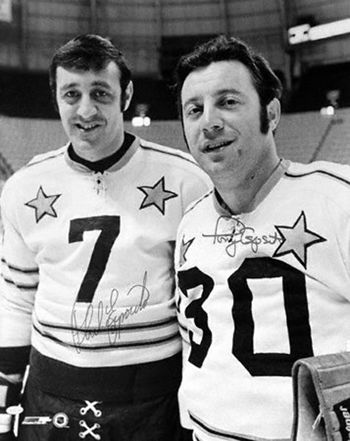
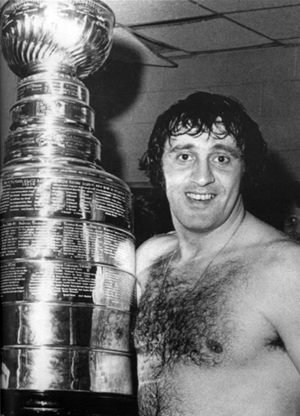

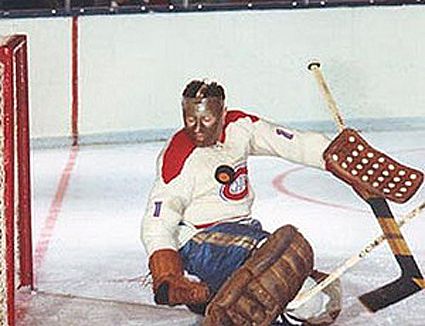
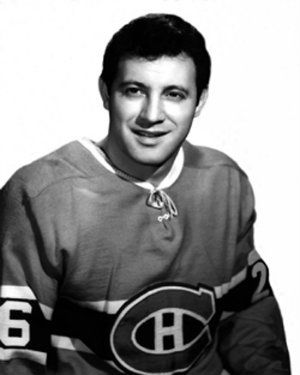
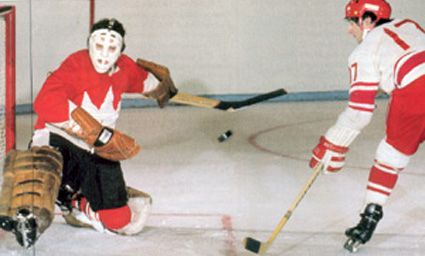

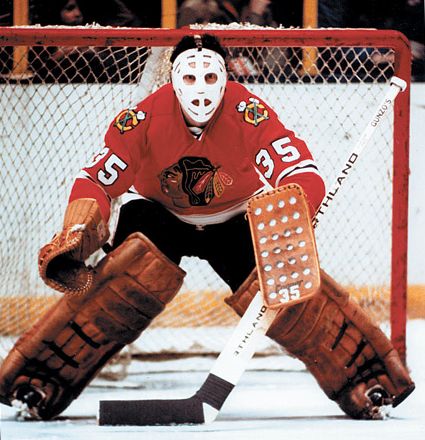
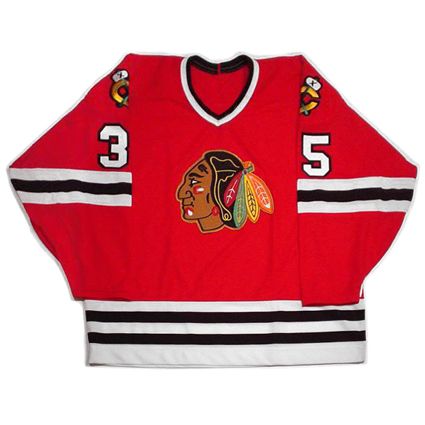
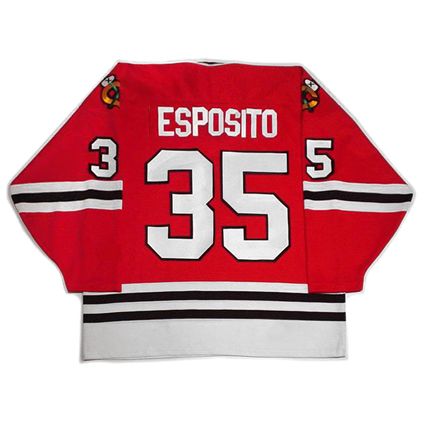










Where can I find a photo of Tony Esposito with the MacNaughton Cup like in this article? I am a Michigan Tech student with a great appreciation for our school's hockey history. Tony Esposito was probably one of the best players to have ever played at Michigan Tech
ReplyDeleteWe only wish we could remember where we found that photo. Being signed, we'd guess it was for sale online somewhere, but a quick google image search for several variations of Esposito Michigan Tech Huskies and Esposito MacNaughton Cup didn't take us back to the original source.
ReplyDelete